Table of Contents
Ola Electric NMC 2170 Cell
Discover the latest news from Ola Electric, India’s biggest EV manufacturer, as they unveil the few specifications of the cutting-edge NMC 2170 cell that will fuel their electric vehicles. As India gears up to produce its first indigenous lithium-ion cell in-house, prepare to witness a historic moment. The company’s state-of-the-art 5 GWh Gigafactory is all set to commence mass production in 2023.
Ola Electric claims that its NMC 2170 cell has an energy density of 300 Wh/kg, comparable to the best lithium-ion batteries presently available in the market, such as Tesla, which has not disclosed the energy density of its cells. Still, it is estimated to be between 260 Wh/kg – 280 Wh/kg for the Model 3 and Model Y batteries.
This ambitious plan clarifies that if Ola Electric can reach this goal, it will beat Tesla NMC 2170 cell in energy density by 20 – 40 Wh/kg. This will allow their electric cars to go far on a single charge.
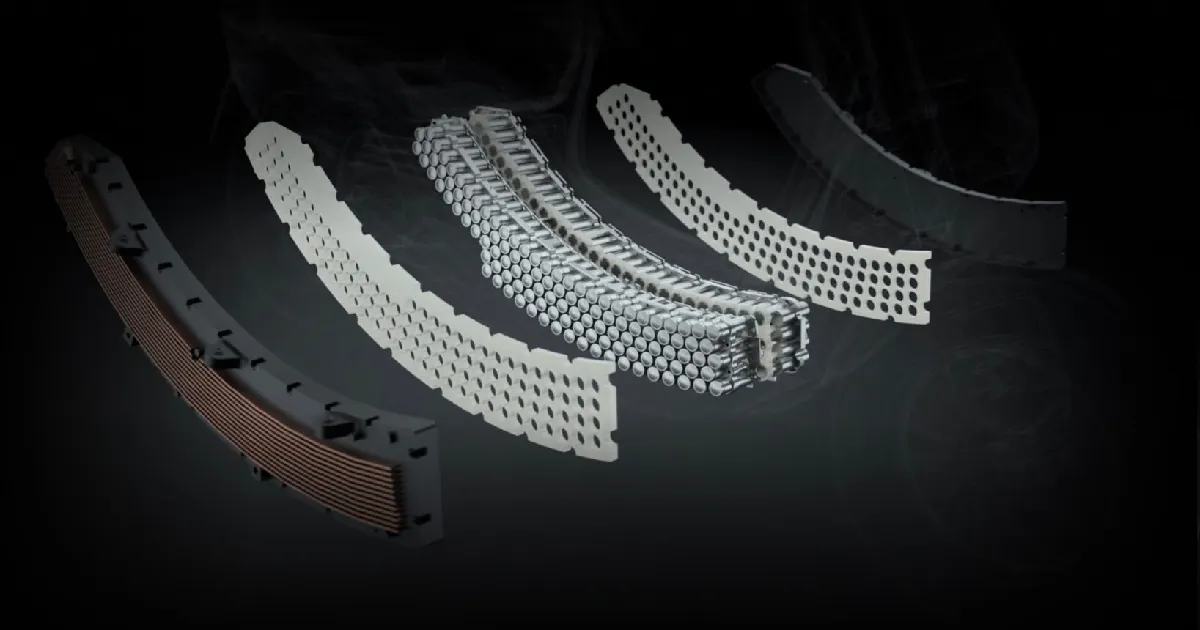
Currently, Indian companies that make electric vehicles have to import all of their lithium-ion battery cells from Korea, China, Taiwan, and Japan. All of Ola’s cells come from LG Chem, a well-known South Korean Company.
What are Li-ion batteries – their typical features and characteristics?
Lithium-ion is the most widely used rechargeable battery chemistry today; Lithium is the principal ion that will travel from cathode to anode and vice-versa while charging and discharging. Lithium-ion batteries power gadgets such as mobile phones, electric vehicles, and renewable energy storage systems. These are the components of Li-ion batteries.
- Electrodes:
A cell’s positively (Cathode) and negatively (Anode) charged ends are attached to the current collectors. - Anode:
The negative electrode most cases consist of carbon-based and specifically graphite, - Cathode:
The positive electrode in Li-ion batteries consists of lithium-based metal oxides. - Electrolyte:
A liquid or gel that conducts electricity carried by ions. - Current collectors:
Conductive foils are attached to the cell’s terminals at each electrode of the battery. The electric current is transmitted between the battery, the device, and the energy source that powers the battery via the cell terminals. - Separator:
A porous polymeric film that separates the electrodes while enabling the exchange of lithium ions from one side to the other
A lithium-ion battery works by having lithium ions (Li+) move between the cathode and anode internally. Electrons move in the opposite direction in the external circuit. This migration leads to the battery powering the device; it creates the electrical current. While the battery is discharging, the anode releases lithium ions to the cathode, generating a flow of electrons that helps to power the relevant device. The opposite occurs when the battery is charging. Lithium ions are released by the cathode and received by the anode.
What are the NMC batteries?
Li-ion NMC 2170 stands for nickel-manganese-cobalt, lithium-ion battery chemistry commonly used as the cathode material in electric vehicles, and “2170” in the cell name refers to its size: 21mm in diameter and 70mm in length; the schematic below explains this terminology. This resembles the Tesla NMC 2170 cell used in Tesla’s Model 3 and Model Y automobiles.
Ola Electric claimed that its cell would be specifically built for the Indian market. Then they may experiment with the percentage of metal utilised in the chemistry, as is often done. NMC 2170 employed the element ratio of Ni:Mg:Co:: 8:1:1, which means the cathode comprises 80% nickel, 10% manganese, and 10% cobalt. Thus, there are chances to increase the safety and stability of cells using these compositions.
Because cobalt is a relatively expensive and scarce metal, reducing its usage in the cathode can lower the cost and environmental impact of the battery. In this direction, extensive research is going on worldwide to replace cobalt with other elements like nickel or iron or to develop new cathode chemistries that do not contain cobalt, such as lithium iron phosphate (LFP) or lithium manganese oxide (LMO).
Battery producers must carefully assess which materials to utilise based on the application and needs because these alternate cathode materials have trade-offs in terms of performance and price. Cobalt usage must be carefully reduced to preserve the battery’s performance and safety because its entire replacement affects its stability and performance.
What features distinguish NMC 2170 cell chemistry:
- Energy density:
NMC 2170 cells have a high energy density, exceeding Ola’s 300 Wh/kg goal, allowing them to store a large amount of energy in a small, lightweight container. This increases the range of electric vehicles on a single charge. - Long cycle life:
NMC 2170 cells have a long cycle life, which means they may be charged and discharged repeatedly without significantly deteriorating performance. - Fast charging:
NMC 2170 cells offer fast charging, which means they may be quickly charged to a high percentage of their capacity. - High power output:
The NMC 2170 cells can provide much power, essential for EVs that need to accelerate quickly or climb steep hills. - Low cost:
The NMC 2170 cells are relatively inexpensive compared to other high-performance battery chemistries, making them a popular alternative for EV producers developing economical vehicles. - Safety:
NMC 2170 cells are usually regarded as safe; however, they, like all lithium-ion batteries, are susceptible to thermal runaway if damaged or subjected to harsh temperatures. Ola intends to construct its cell with the Indian environment in mind to limit the possibility of fires regularly witnessed in electric vehicles.
Overall, NMC 2170 is a well-known battery chemistry that balances energy density, cycle life, and safety. This makes it a popular choice for companies that make batteries for electric vehicles.
What kind of anode material does NMC 2170 make use of exactly?
The carbon-based anode material used in lithium ions has a relatively low energy density. The anode material used in this cell is also a unique combination of graphite and silicon because the anode can store more lithium ions by adding silicon to the graphite, increasing the battery’s energy density. This combination will boost reducing the cell size because it requires less cathodic material loading with respect to graphite.
However, pure silicon expands and contracts when it collects and releases lithium ions during charge and discharge cycles. Over time, this can cause the anode to crack or degenerate, lowering battery performance and cycle life. To overcome this issue, battery makers frequently utilize a blend of silicon and graphite in the anode, which can assist in balancing the battery’s performance and stability.
Another advantage of silicon in the anode is that it can prevent the production of lithium dendrites, microscopic, needle-like structures that can grow on the anode’s surface and penetrate the separator between the anode and cathode, resulting in a short circuit. Silicon has been proven to prevent dendrite growth by producing a protective coating on the anode’s surface.
Combining silicon and graphite in the anode of NMC 2170 cells can improve the battery’s energy density, performance, and stability. However, careful engineering is required to balance these elements and ensure the anode’s long-term durability.
Bhavish Aggarwal, Founder & CEO, Ola Electric, said about plan
“A cell is the heart of the EV revolution. Ola is building the world’s most advanced cell research center, enabling us to scale and innovate faster and build the most advanced and affordable EV products with speed. Our first indigenously made Li-ion cell is also the first of many in our cell technology roadmap. A robust local EV ecosystem is important for India to become a global EV hub.”
“Company is committed to investing in core R&D to create indigenous advanced cell technologies, strengthen manufacturing capabilities and create an integrated Ola Electric Vehicles hub. The Government of India recently allocated 20 GWh capacity under the ACC PLI scheme for developing advanced cells in India. It is setting up a cutting-edge cell manufacturing facility with an initial capacity of up to 20 GWh, localising the most critical part of the EV value chain.”
Work started and moving along at full speed on our cell gigafactory!
It will be India’s biggest and amongst the worlds biggest cell factories. And the centrepiece for #endICEage! pic.twitter.com/Nr6k5rMT6O
— Bhavish Aggarwal (@bhash) May 26, 2023
Investment and Employment opportunity for Scientists
Ola recently announced a $500 million investment in battery innovation and indigenous research and development (R&D). The company is also recruiting top cell R&D talent globally and will employ 500 PhDs and Engineers. And in the future, if this plan is successful will attract lots more investment in the Indian EV industry and provide a significant number of employment opportunities for the Indian youth.
Author’s Remark
With the Indian electric vehicle industry witnessing remarkable expansion and substantial government support, Ola has an excellent chance to establish its dominance in the electric vehicle and battery manufacturing market.
With this NMC 20170 cell manufacturing facility, as the battery is the most expensive component, accounting for 60% of the total cost, developing indigenous cells can significantly reduce 20-30%. This initiative will take Ola vehicles far ahead of other companies in less cost of product and better performance.
With its exceptional performance, durability, and cost-effectiveness balance, it’s no wonder that Ola Electric has opted for its electric vehicles’ NMC 2170 battery configuration. This category cell boasts a range of advantages that make it the perfect choice for powering Ola Electric’s vehicles.
This innovative solution reduces reliance on imports from China and other international companies. It will provide exciting career opportunities for engineers, researchers, and other professionals at their state-of-the-art manufacturing facility.
Author’s Note: All information presented here is in the public domain. Before utilising any information for your purposes, please ensure to verify it on your end.
Read More:- Ola Electric will Reimburse all Customers who purchased Chargers Individually

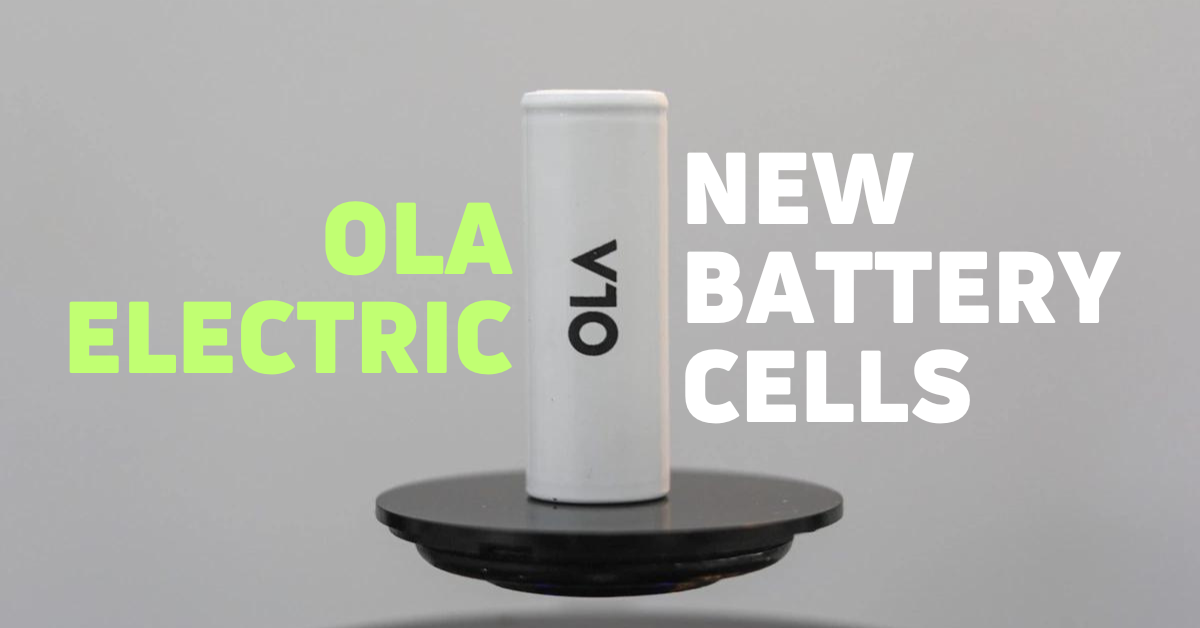
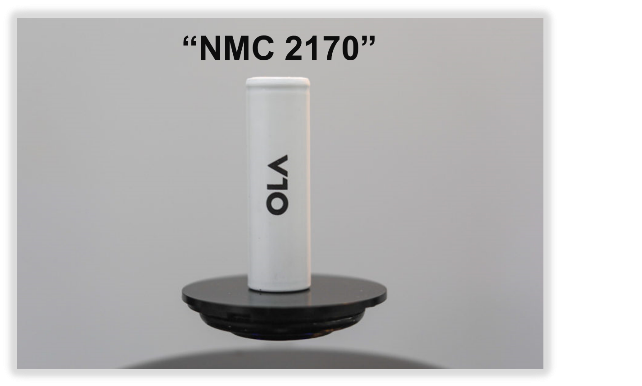

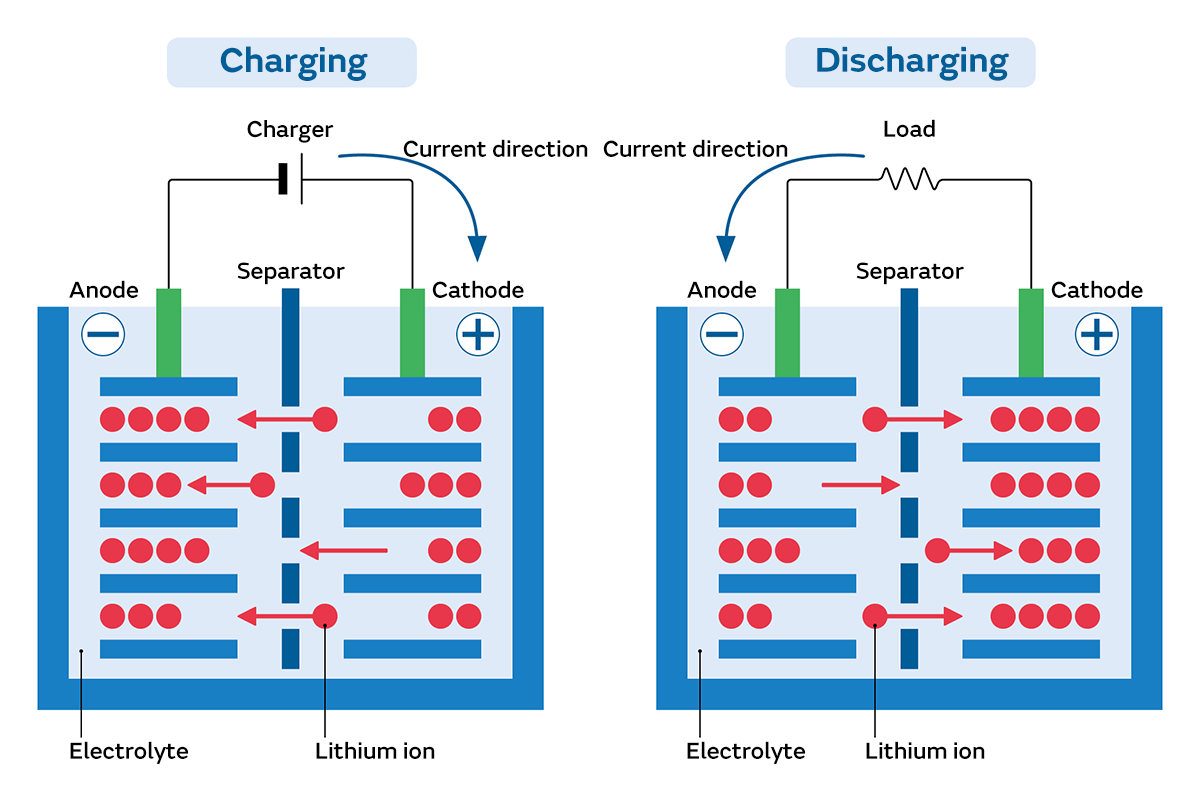
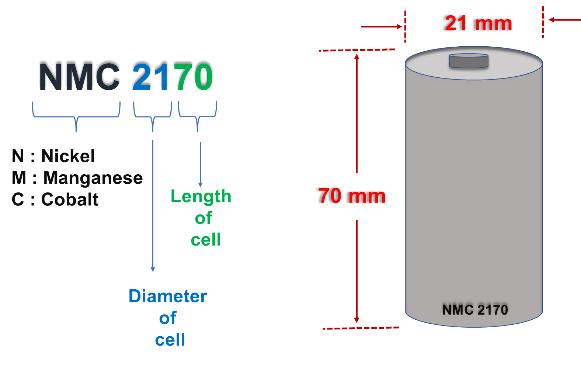
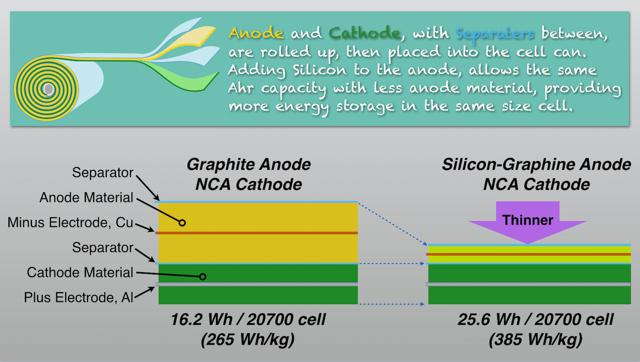






Appreciate your efforts to collect and present all technical data in simple way.
Thanks. Happy to see the comment. @aman(author). You can connect with me on LinkedIn for more content like this